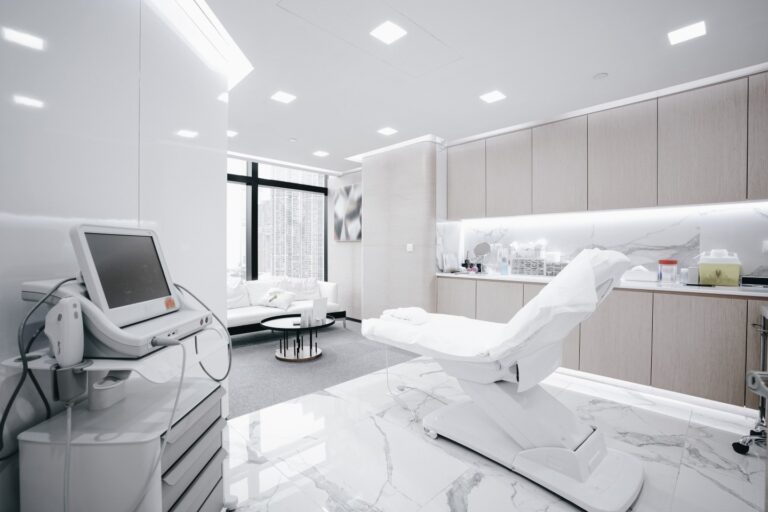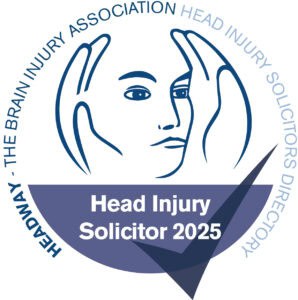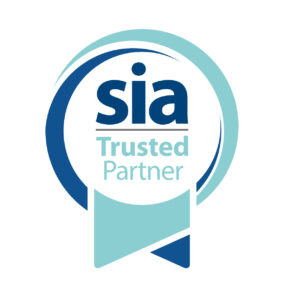
Cancer screening and women with SCI – Six years on and still the neglect continues
My colleague Rhiannon Daniel recently attended a Parliamentary roundtable at the invitation of the Spinal Injuries Association discussing women’s health after spinal cord injury. As part of those discussions a spotlight was shone on the fact that women with spinal cord injuries (SCI) are struggling to access important cancer screening services such as cervical screening and mammograms.
It reminded me of a blog I’d written on cervical screening so I went to find it, thinking it was a year or two ago. In fact I wrote it more than five years ago! And sadly, it appears nothing has changed.
Cervical screening
At that time I quoted the Government’s July 2019 guidance ‘Cervical screening: ideas for improving access and uptake’ which discussed physical access. And, comparing it to the 2024 guidance it still remains “primary care should consider the clinic facilities for women with a physical disability”. According to the guidance, this includes:
- Access to the venue (can an alternative be offered?);
- The height of the couch;
- The woman’s physical limitations;
- The possibility of a domiciliary visit;
- The need for assistance and seeking specialist advice if necessary.
The guidance adds: “In the case of paraplegic women, the sample taker may need to make special arrangements, for example with the local colposcopy service, to take a sample at a clinic where a hoist is available.”
In my previous blog I said: “The current guidance just isn’t realistic and reads like it came out of a round table ‘blue sky thinking’ session. It may well work in theory but it’s unlikely to be easy or even possible in reality and it’s easy to see how many women will simply be put off having the procedure or else delay so much that they miss the window for a potentially lifesaving diagnosis. If this happens even once, it is one time too many.”
It saddens me beyond belief that five years down the line nothing has changed for the positive. The overall cervical screening uptake has been dropping year-on-year in England. It is inevitable that within this statistic there are women who want to be screened but cannot access screening. Going hand in hand with that is the rising number of claims against the NHS for missed cancer diagnosis. Within that are potential claims for those who have tried to access screening but have been denied.
Mammograms
Let’s now look at access to mammograms.
In England women aged between 50-71 will be invited for breast screening every three years. But this is not straightforward if you are in a wheelchair, with anecdotal evidence showing many women are not able to access testing – either because the breast screening locations are inaccessible or, even if they can get into the hospital/clinic the mammogram machine doesn’t come down low enough.
Interestingly as I was researching for this blog I found a really positive article from a disabled lady who was called to screening, attended and had a great experience. She described the technician as having a “no big deal” attitude to the fact she was in a wheelchair and had a spinal cord injury and describes her pulling the machine down and around her wheelchair with ease.
Great, I thought, where is this hospital in the UK that is getting things so right? Chicago. So not England then – America. Are mammograms more accessible in the US? The answer is I don’t know but it is positive to see that it can be done and done well.
Why we need urgent change
Denying women access to cancer screening costs the NHS substantial sums in cancer treatment.
Prevention will always be better than cure, especially when that cure is by no means a guaranteed one. On top of that there are the costs of potential litigation. However whilst money is something that needs to be considered, it should not be the driving force behind why change needs to happen.
Change needs to happen because at the heart of it denying women access to cancer screening is immoral and something we, as a society, should not tolerate.
Perhaps it is unsurprising the health service seems to tolerate it given the Government’s 2022 Women’s Health Strategy gives scant consideration to disability and accessibility. The strategy is not currently fit for purpose and disabled women are at risk of waiting until 2032 before their voices are heard, let alone their needs met.
How to campaign
So what can we do? How can we make a difference? How can we effect change? Of course it isn’t going to happen overnight. But there are things we can all do right now to start the process of change. These include:
- Sign the SIA’s petition for change in women’s healthcare – if the SIA gets enough signatures these issues will be debated in Parliament.
- Write to your MP – ask them what their stance is on this and how they think it can be addressed; ask them to raise questions in Parliament. You can find your MP’s contact details
- Share your experiences! We would love to hear of your experiences so that we can gather these together and use them as part of our ongoing campaigning on this important topic. Please feel free to email me at victoriaoliver@bbkllp.co.uk.










